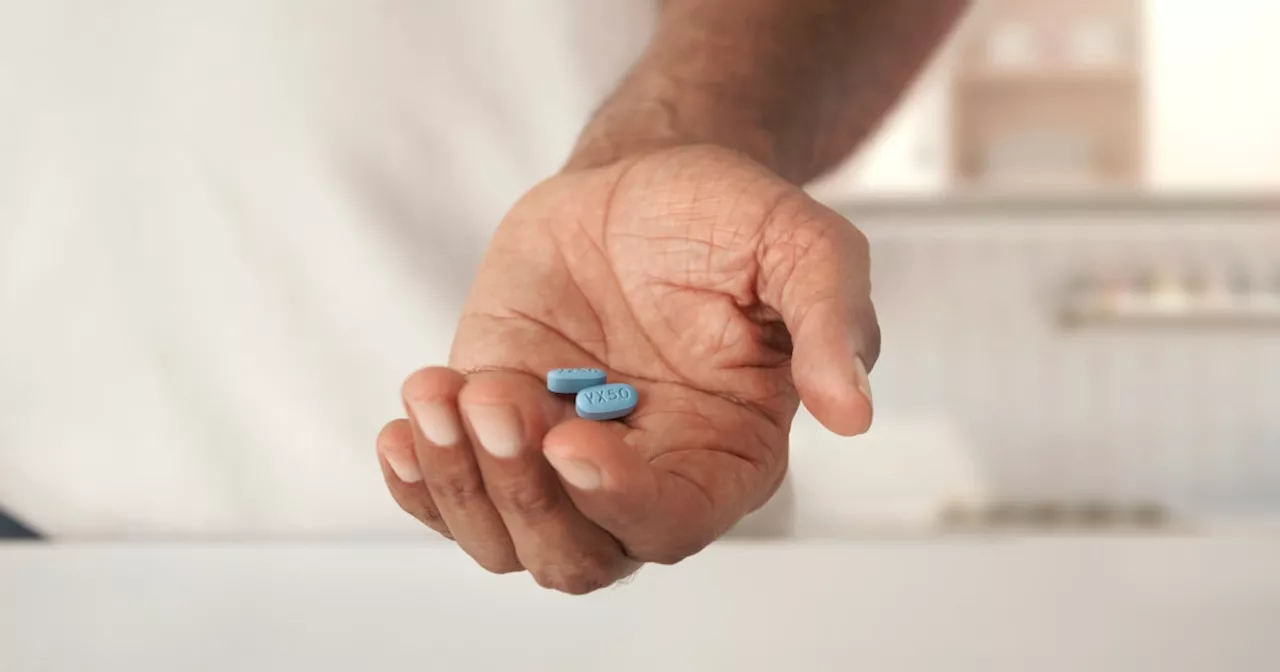The FDA has approved a new nonopioid painkiller, Journavx, for moderate to severe acute pain in adults. This could potentially reduce opioid prescriptions after surgery or provide an alternative for those who can't tolerate other pain medications.
The Food and Drug Administration on Thursday approved a new type of nonopioid painkiller from Vertex Pharmaceuticals. The drug, Journavx , or suzetrigine, was approved to treat moderate to severe acute, or short-term, pain in adults. Experts say the drug, which is billed as nonaddictive, could reduce the number of opioids patients are prescribed after surgery or be used by patients who can’t take other pain medications — though several told NBC News they would like to see more research.
In a statement, Dr. Jacqueline Corrigan-Curay, the acting director of the FDA's Center for Drug Evaluation and Research, called the approval “an important public health milestone in acute pain management.” Michael Schatman, a clinical instructor in the department of anesthesiology, perioperative care and pain medicine at NYU Grossman School of Medicine, said: “I think in acute pain this drug has great promise. This is something that could be opioid-sparing, and we need more tools in our armory for pain.” Although the number of patients going home from surgery with opioids has declined in recent years, many patients still leave the hospital with prescriptions. Despite the risks, opioids are extremely effective at treating pain, which has left doctors and patients with few options when acetaminophen (Tylenol) and nonsteroidal anti-inflammatory drugs, such as ibuprofen, aren’t enough. “We know from CDC data that anyone who gets exposed to opioids has the potential to have dependence on them,” said Dr. Richard Rosenquist, enterprise chairman in the department of pain management in the Neurological Institute at the Cleveland Clinic. The body registers pain through nerve endings throughout the body. Touch a hot stove, for example, and the nerve will send signals to the spinal cord and up to the brain that you’re experiencing pain in your hand. Opioids work by stimulating opioid receptors in the brain, blocking those pain signals. During the process, the brain also floods with the neurotransmitter dopamine, creating feelings of euphoria and activating the brain’s reward system. That’s why opioids can be incredibly addictive. Vertex’s drug works in a completely different way, by blocking the pain signal from traveling to the brain in the first place. The signal is triggered by sodium molecules rushing into the nerve ending, sending the message onward to the brain. Suzetrigine is a sodium channel blocker, the same type of drug as lidocaine. Lidocaine, a local anesthetic, works by blocking all sodium channels in the area it’s applied to — for example, the gums during dental work. A sodium channel blocker taken as a pill, such as suzetrigine, must be much more precise, as sodium channels are found throughout the body and are critical for heart and brain function. Suzetrigine blocks nerve pulses from just one sodium channel, called NaV1.8, from reaching the brain and being interpreted as pain. “This is the first time we have had something that targets a specific sodium channel,” said Rosenquist, who wasn't involved with the research on the drug. The process also doesn’t stimulate opioid receptors or produce any feelings of euphoria, he said. “Right now all the evidence suggests this has no addiction potential at all,” Rosenquist said. “It’s no different than Tylenol or ibuprofen in terms of addiction potential.” In phase 3 clinical trials by the drugmaker, researchers looked at how well the drug worked after surgery. Patients who had undergone either tummy tucks or bunion surgery were given either suzetrigine every 12 hours; an opioid, hydrocodone, plus Tylenol every six hours; or a placebo for 48 hours after the operations. Some of the patients who got suzetrigine also took ibuprofen as a so-called rescue medication — that is, if they were still experiencing pain after their suzetrigine doses. “The results we have now do not tell us a lot about how much of a rescue medication was used,” said Dr. David Rind, chief medical officer at the Institute for Clinical and Economic Review (ICER), a nonprofit group that evaluates the cost, safety and efficacy of drugs. “We don’t know if they would have had higher pain reduction if they had just taken an NSAID from the start.” Both tummy tuck and bunion surgery patients who got suzetrigine reported about a 50% reduction in their pain after 48 hours, similar to the reduction in pain reported by patients who got the opioid plus Tylenol. About 50% of people in the tummy tuck group and about 30% in the bunion surgery group reported some kind of side effect, most commonly headache, constipation or nausea, but, except for constipation, the side effects were less common in patients who got suzetrigine compared with an opioid. The dose of hydrocodone was also smaller than what is typically given after surgery, “so it’s hard to know exactly what to make of the results,” Rind said
PAINKILLERS NONOPIOID FDA APPROVAL JOURNAVX SUZETRIGINE ACUTE PAIN OPIOID CRISIS SURGERY PAIN MANAGEMENT
United States Latest News, United States Headlines
Similar News:You can also read news stories similar to this one that we have collected from other news sources.
 FDA Approves Vertex's Non-Opioid Painkiller Journavx, Offering Hope for Millions Suffering from PainVertex Pharmaceuticals' non-opioid painkiller, Journavx, receives FDA approval, marking a significant milestone in the fight against the opioid epidemic. The drug offers a safe and effective alternative for pain relief without the risk of addiction.
FDA Approves Vertex's Non-Opioid Painkiller Journavx, Offering Hope for Millions Suffering from PainVertex Pharmaceuticals' non-opioid painkiller, Journavx, receives FDA approval, marking a significant milestone in the fight against the opioid epidemic. The drug offers a safe and effective alternative for pain relief without the risk of addiction.
Read more »
 FDA Approves Vertex Pharmaceuticals' Non-Opioid Painkiller JournavxThe Food and Drug Administration (FDA) has approved Vertex Pharmaceuticals' non-opioid painkiller, Journavx, marking a significant step forward in safer pain management. This milestone comes after years of efforts to develop alternatives to addictive opioids. Journavx works by blocking pain signals at their source, unlike opioids which directly impact the brain.
FDA Approves Vertex Pharmaceuticals' Non-Opioid Painkiller JournavxThe Food and Drug Administration (FDA) has approved Vertex Pharmaceuticals' non-opioid painkiller, Journavx, marking a significant step forward in safer pain management. This milestone comes after years of efforts to develop alternatives to addictive opioids. Journavx works by blocking pain signals at their source, unlike opioids which directly impact the brain.
Read more »
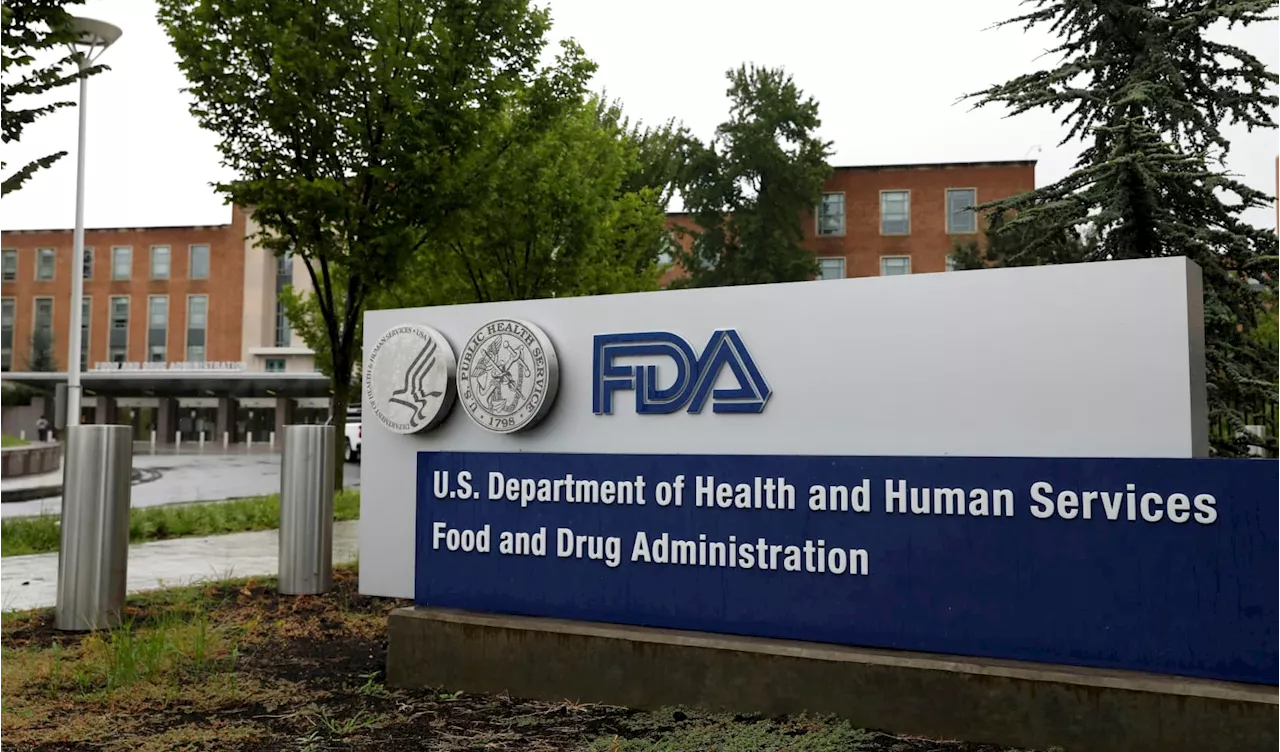 FDA Approves 50 New Drugs in 2024, Marking Firsts for Several ConditionsThe U.S. Food and Drug Administration (FDA) concluded 2024 with 50 new drug approvals, ushering in a wave of groundbreaking treatments for various diseases. Among the notable approvals were the first-ever medications for metabolic dysfunction-associated steatohepatitis (MASH) and Niemann-Pick disease type C.
FDA Approves 50 New Drugs in 2024, Marking Firsts for Several ConditionsThe U.S. Food and Drug Administration (FDA) concluded 2024 with 50 new drug approvals, ushering in a wave of groundbreaking treatments for various diseases. Among the notable approvals were the first-ever medications for metabolic dysfunction-associated steatohepatitis (MASH) and Niemann-Pick disease type C.
Read more »
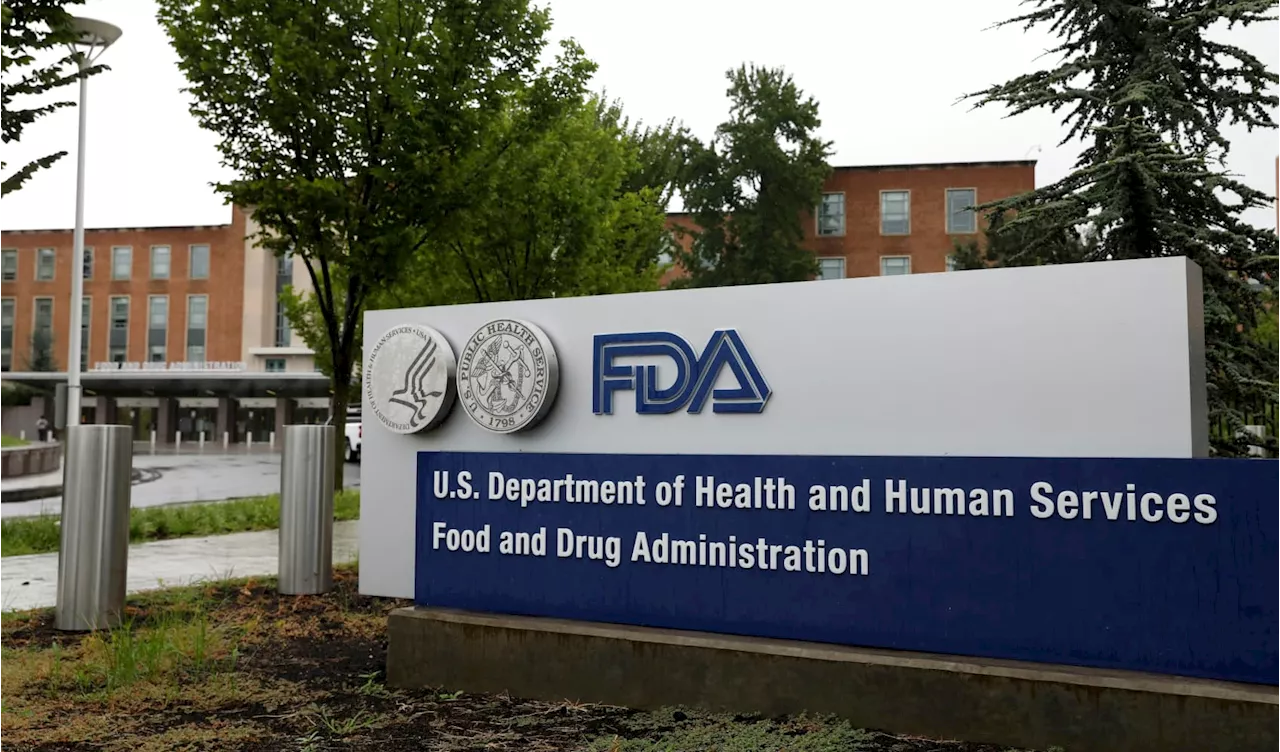 FDA Approves Record Number of New Drugs in 2024The U.S. Food and Drug Administration (FDA) concluded 2024 with 50 new drug approvals, marking a significant year for medical advancements. The approvals included groundbreaking treatments for previously incurable diseases, such as metabolic dysfunction-associated steatohepatitis (MASH) and Niemann-Pick disease type C.
FDA Approves Record Number of New Drugs in 2024The U.S. Food and Drug Administration (FDA) concluded 2024 with 50 new drug approvals, marking a significant year for medical advancements. The approvals included groundbreaking treatments for previously incurable diseases, such as metabolic dysfunction-associated steatohepatitis (MASH) and Niemann-Pick disease type C.
Read more »
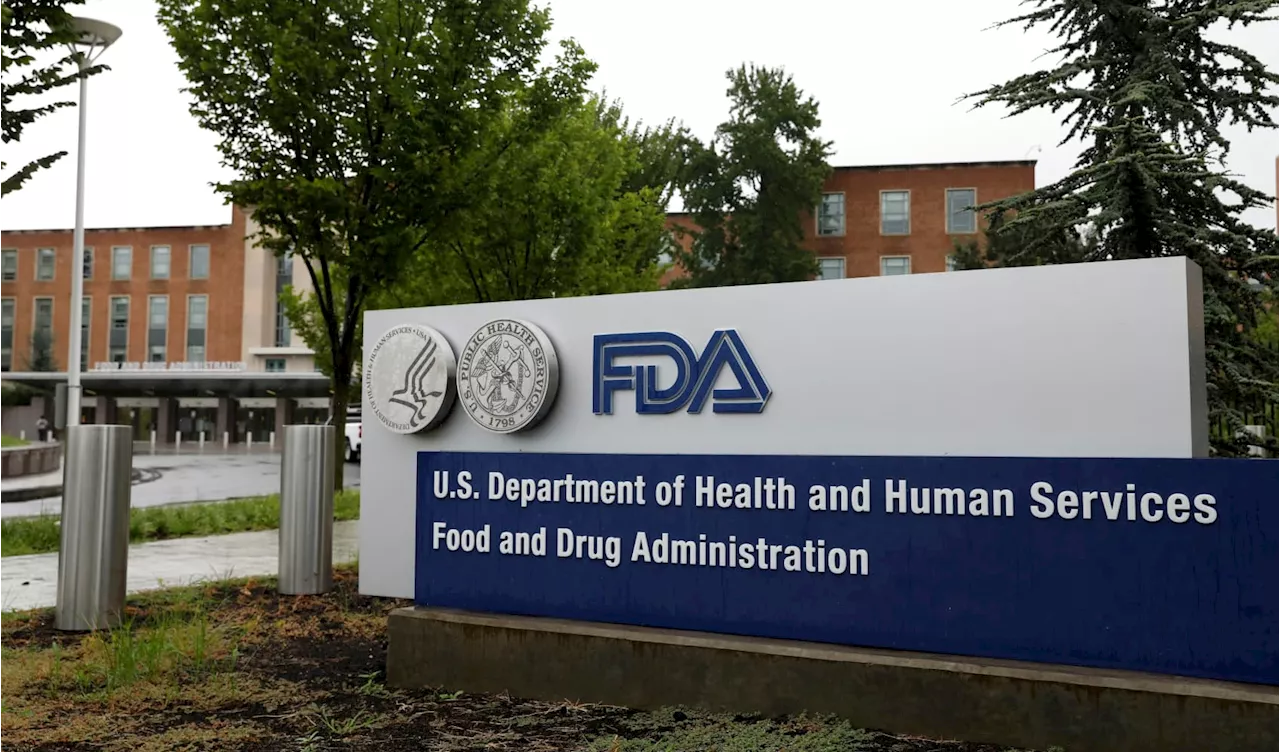 FDA Approves Wave of New Treatments in 2024The U.S. Food and Drug Administration (FDA) concluded 2024 with 50 new drug approvals, including groundbreaking treatments for various diseases.
FDA Approves Wave of New Treatments in 2024The U.S. Food and Drug Administration (FDA) concluded 2024 with 50 new drug approvals, including groundbreaking treatments for various diseases.
Read more »
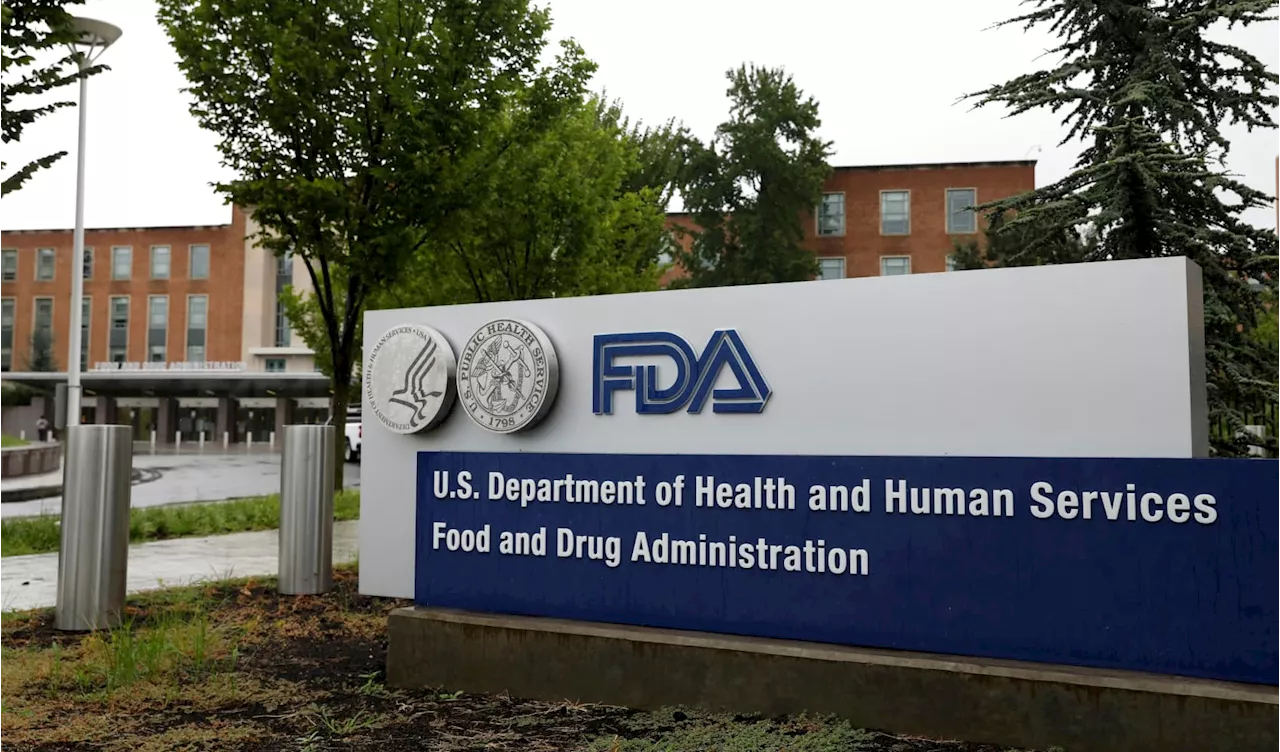 FDA Approves 50 New Drugs in 2024, Marking Several FirstsThe US Food and Drug Administration (FDA) concluded 2024 with 50 new drug approvals, including groundbreaking treatments for conditions like metabolic dysfunction-associated steatohepatitis (MASH), Niemann-Pick disease type C, and schizophrenia.
FDA Approves 50 New Drugs in 2024, Marking Several FirstsThe US Food and Drug Administration (FDA) concluded 2024 with 50 new drug approvals, including groundbreaking treatments for conditions like metabolic dysfunction-associated steatohepatitis (MASH), Niemann-Pick disease type C, and schizophrenia.
Read more »
